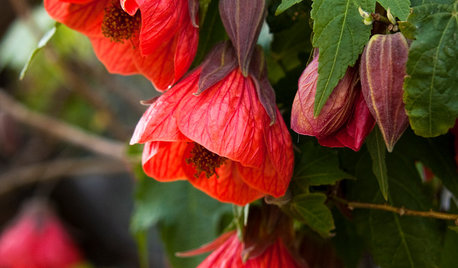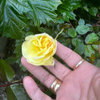Espalier Hybrid Tea?
benjoe
14 years ago
Featured Answer
Sort by:Oldest
Comments (21)
hoovb zone 9 sunset 23
14 years agoyork_rose
14 years agoRelated Professionals
Milwaukee Landscape Architects & Landscape Designers · Oconomowoc Landscape Architects & Landscape Designers · Azalea Park Landscape Contractors · Bellefontaine Neighbors Landscape Contractors · Fort Atkinson Landscape Contractors · Galveston Landscape Contractors · Lake Worth Landscape Contractors · Lehigh Acres Landscape Contractors · Los Banos Landscape Contractors · Mission Landscape Contractors · Oak Forest Landscape Contractors · Pahrump Landscape Contractors · Spring Landscape Contractors · Thonotosassa Landscape Contractors · Waldorf Landscape Contractorsbenjoe
14 years agodiane_nj 6b/7a
14 years agozack_lau z6 CT ARS Consulting Rosarian
14 years agobuford
14 years agoyork_rose
14 years agobuford
14 years agohoovb zone 9 sunset 23
10 years agobenjoe
10 years agoseil zone 6b MI
10 years agobenjoe
10 years agoroseseek
10 years agobenjoe
10 years agoroseseek
10 years agobenjoe
10 years agoUser
10 years agoUser
10 years agonickl
10 years agomichaelg
10 years ago
Related Stories

EDIBLE GARDENSHow to Grow Your Own European and Asian Pears
Try these trees for their good looks, delicious fruit and wide range of sizes — plus you can espalier them
Full Story
FRUIT TREESHow to Grow Your Own Persimmons
Sturdy and easy to care for, these trees offer bright fruit through winter — and keeping them in bounds is no sweat
Full Story
GARDENING GUIDESWhat Kind of Roses Should You Grow?
Want to add the beauty of roses to your garden? Find out which ones, from old-fashioned to modern, are right for you
Full Story
GARDENING GUIDESRoses: Crowning Touch of Gardens
Whether you're the Miss or Mister America of gardening or take a hands-off approach, roses can be a winning addition to your landscape
Full Story
LIVING ROOMSThe Most Popular Living Room Photos of 2015
Sectional sofas, vaulted ceilings and custom built-ins are just some of the features that made a big showing this year
Full Story
LANDSCAPE DESIGNLay of the Landscape: Coastal Garden Style
Seaside gardens can be the ultimate in soothing landscapes if you know how to work with the elements and choose the right plants
Full Story
EDIBLE GARDENSSummer Crop: How to Grow Blueberries
Plant blueberries in spring or fall for garden beauty through three seasons — and a sweet superfood in summer
Full Story
GARDENING GUIDESGreat Design Plant: Chinese Lantern
Light the way to visual delight in the garden with Chinese lantern's papery blooms and pretty colors
Full Story
EDIBLE GARDENSHow to Grow 10 Favorite Fruit Trees at Home
Plant a mini orchard in fall, winter or early spring to enjoy fresh-off-the-tree fruit the following year
Full Story
GARDENING AND LANDSCAPINGCitrus 101: Start Your Own Backyard Orchard
This Earth Day Weekend, Add Some Green, Style and Deliciousness to Your Landscape
Full StoryMore Discussions








benjoeOriginal Author